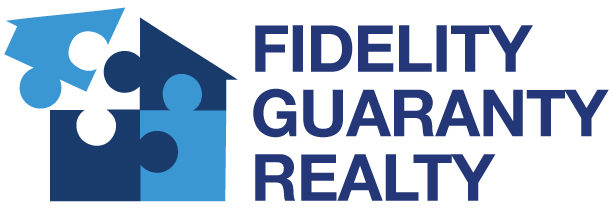Money management guru Dave Ramsey advises that “The ideal way to buy a house is the 100 percent down plan—pay cash for the whole house.” Wouldn’t it be nice if all of us could participate in that plan?
The fact is, in February of this year, 77 percent of American home buyers used a mortgage to purchase their homes, according to RealtyTrac.com.
With a mortgage, however, comes the need for closing costs and cash upfront for a down payment. Many would-be homeowners hesitate applying for a mortgage, thinking they need 20 percent of a home’s purchase price as a down payment on the loan.
If you’re among them, we have good news for you: you can buy a home with zero down payment (if you qualify) or with a very-low down payment–3.5 percent in many cases.
Let’s take a look at some of the alternatives to the 20 percent down payment.
There are several ways to buy a home with NO down payment
Did you or your spouse serve our country in the military? If so, you may qualify for a loan guarantee from the U.S. Department of Veterans Affairs (the VA).
Because the VA guarantees to repay a portion of the mortgage should the borrower default, lenders offer attractive rates and terms and a zero down payment loan.
The VA-backed loan is available to qualifying veterans, those currently serving and surviving spouses. Learn all the details at VA.gov.
USDA
The United States Department of Agriculture (USDA) offers several home loan options for low- or moderate-income borrowers. Neither require a down payment and the “catch” is that the home you purchase must be in a qualifying region, typically rural.
The home must also be “modest” for the area and generally excludes homes with swimming pools and other high-end features.
But, it’s an ideal way to become a homeowner, if you qualify. Learn more about these programs online at USDA.gov.
Use down payment assistance programs
If you don’t qualify for the zero down programs, you may want to look into some of the many down payment assistance programs available.
You’ll find many are offered by federal and state government entities as well as local municipalities.
Federal programs include help for teachers, fire fighters, medical personnel and police officers. There are programs for Native Americans, Alaskans and Hawaiians as well.
We’re happy to give you information on regional programs – reach out for more information.
Consider programs with a low-down payment requirement
If you don’t qualify for one of the zero down payment programs, pursue a mortgage through one of the programs with low down payments.
FHA
Lenders are far more amenable to loan money to borrowers with less-than stellar credit when the government guarantees the repayment.
The Federal Housing Administration (FHA), a department within the U.S. Department of Housing and Urban Development (HUD), a loan program you’ll want to pursue if this sounds attractive to you.
Although the program has experienced several changes over the years, it’s still the most widely used mortgage program by first-time home buyers.
The down payment requirement for an FHA loan varies, from 3.5 percent to 10 percent of the loan amount. Which you’ll pay, depends on your financial situation and, naturally, each lender’s requirements.
The biggest drawback of the FHA mortgage program is that you’ll pay for being what lenders call “high risk” or “sub-prime” borrowers. This payment is in the form of a mortgage insurance premium (MIP) – an extra payment tacked onto your mortgage payment each month.
In the past, it was possible to get rid of the MIP when you reached a certain amount of equity. That changed in recent years and now the insurance remains for the life of the loan, if you pay less than 10 percent down when you purchase.
If you pay more than 10 percent down, MIP is cancellable in 11 years.
With a conventional loan, on the other hand, you can dump the MIP when you reach 20 percent equity in the home.
Fannie Mae and Freddy Mac
Fannie Mae and Freddie Mac started backing loans with a 3 percent down payment back in 2014 and 2015.
To snag one of these loans, you’ll need to purchase private mortgage insurance, your credit score will need to be at least 620 and you’ll need to agree to participate in home ownership counseling classes.
Questions? Feel free to reach out to us. We’re happy to help.

